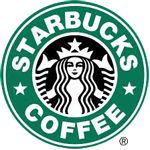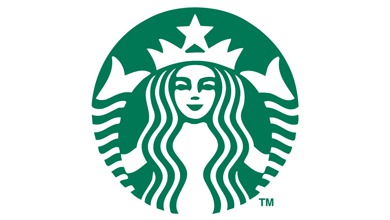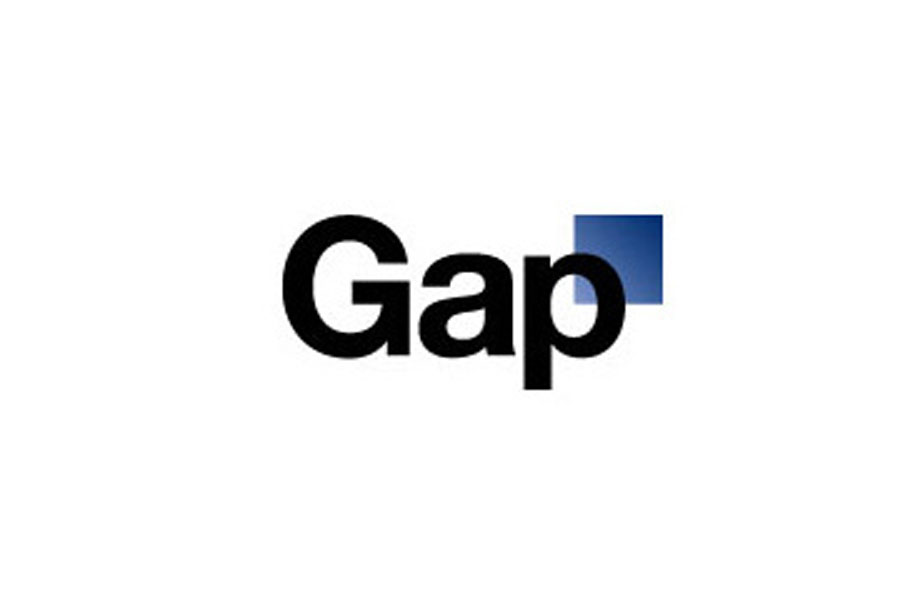With so many competitive companies and products infiltrating the market, a strong brand is necessary to successfully put your product in the forefront of consumers’ minds. A strong brand must be recognizable, creative, and memorable. Does your brand stand out from the rest, or do you need to consider implementing a new branding strategy?
Several large companies have recently invested in rebranding, including the notable initiative taken by Starbucks in 2010. Starbucks’ strategy included dropping the words “Starbucks Coffee” from their logo in an effort to transform their position from coffee mega-chain to local dispenser of teas, baked goods, desserts, and even alcohol. The new positioning was also a response to the recent economic downturn, which saw a major cut back in spending on superfluous items, such as high-priced gourmet coffees.
 BEFORE |
 AFTER |
While Starbucks seems to have employed a smart, successful rebranding strategy, there have also been recent re-branding horror stories. When Gap unveiled its new logo in 2010 there was immediate backlash. Loyal customers were appalled by the sudden, unexplained change, which even inspired a Facebook page created for people to vent their frustrations toward the new logo.
 BEFORE |
 AFTER |
Gap’s mistake can be used as a lesson for companies large and small: branding must be a well planned and carefully executed strategy and entails much more than a simple logo change. While the changes made to Starbucks’ logo reflect more fundamental shifts in their business model, Gap’s logo change seemed misguided and did not accompany any structural alterations to the organization.
There is more to a brand than just a logo. In addition to creativity, make sure you consider your industry, business objectives, and customers so that your branding efforts are well received and generate a positive ROI.


